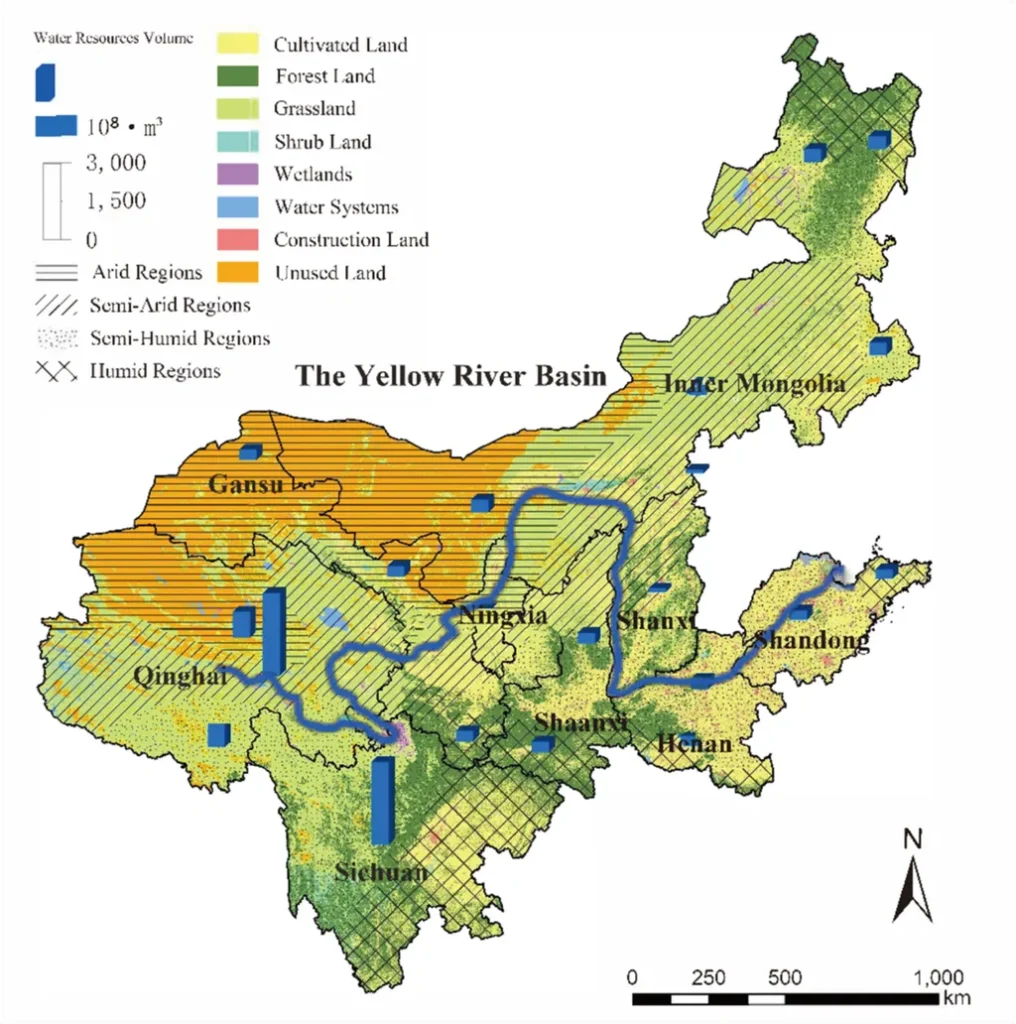In the vast and ecologically diverse Yellow River Basin, a new study published in *Ziyuan Kexue* is shedding light on the intricate dance between the rural digital economy and ecological resilience. Led by ZHOU Yuxi and GAO Ruimin from the College of Economics and Management at Shandong Agricultural University, the research delves into how these two critical dimensions are evolving together and what factors are driving this synergy.
The study, which analyzed panel data from 79 cities in the Yellow River Basin over a decade, reveals that the rural digital economy has been on a fluctuating upward trajectory, while ecological resilience initially declined before rebounding. This finding underscores the complex interplay between economic development and environmental sustainability in rural areas.
“Our analysis shows that the rural digital economy serves as the order parameter in this composite system,” explains lead author ZHOU Yuxi. “This means that changes in the digital economy can significantly influence the trajectory of ecological resilience.”
The research highlights that the synergistic evolution level of the rural digital economy and ecological resilience has been increasing over time, although regional differences have first expanded and then narrowed. Notably, the downstream area of the Yellow River Basin has been the most significant contributor to the total difference in this evolution.
For the agriculture sector, these findings hold substantial commercial implications. As the rural digital economy continues to grow, it can drive innovation in agricultural practices, enhance productivity, and create new market opportunities. However, the study also warns that this growth must be carefully managed to ensure that it does not come at the expense of ecological resilience.
“The driving factors of co-evolution exhibit marked spatial heterogeneity,” adds GAO Ruimin. “Rural economic development and environmental regulation function as positive drivers, while factors like the grain-oriented shift in cropping structure, financial support for agriculture, and the urban-rural development gap can exert inhibitory effects.”
The study suggests that industrial structure optimization has a relatively weak influence on this synergy, indicating that there is significant room for improvement in this area. This could open up new avenues for investment and development in the agriculture sector, as businesses seek to optimize their operations and contribute to the sustainable development of rural areas.
As the world grapples with the challenges of climate change and environmental degradation, the insights from this study could not be more timely. By understanding the synergistic evolution of the rural digital economy and ecological resilience, policymakers and businesses can make more informed decisions that balance economic growth with environmental sustainability.
In the words of ZHOU Yuxi, “The level of synergistic evolution between the rural digital economy and ecological resilience in the Yellow River Basin still has significant room for improvement. There remains significant potential for improving the synergistic evolution level between the rural digital economy and ecological resilience in the Yellow River Basin, with notable regional disparities.”
As we look to the future, this research could shape the development of new strategies and policies that promote the synergistic evolution of the rural digital economy and ecological resilience. By doing so, we can ensure that the agriculture sector continues to thrive while also protecting the precious ecosystems that sustain us all.

